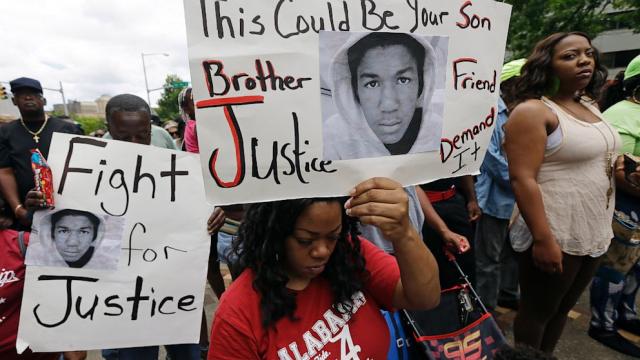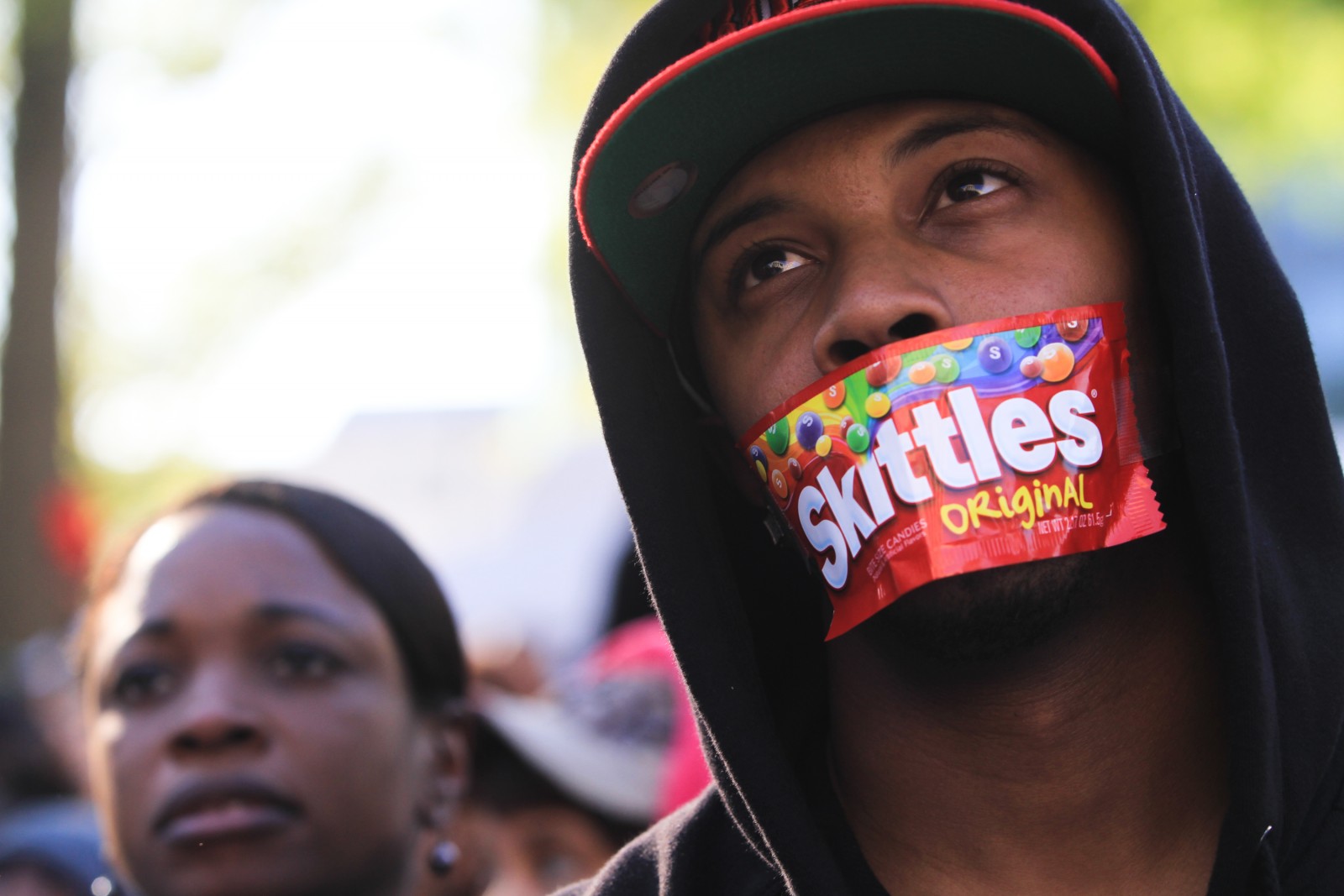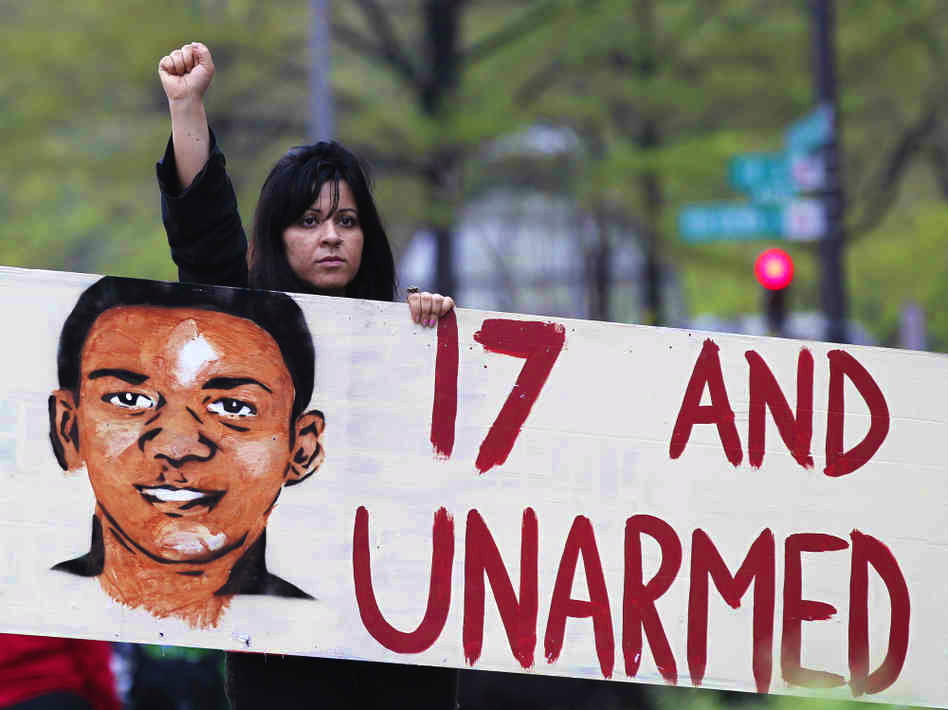
Among those who deny a racial element in George Zimmerman’s killing of 17-year-old Trayvon Martin, there is a tendency to view the event as if it happened in a vacuum, with no relation to our nation’s racial history.
But such a myopic view only serves to distort our understanding of present reality. An honest assessment of the killing would place it in the context of the fallout of desegregation and the ensuing period of white flight.
In the tumult of desegregation, one Southern city stood out. Atlanta Mayor William Hartsfield bragged that his was “The City Too Busy to Hate.” The white business elite backed up that claim with their support for public integration and an outwardly successful school integration campaign seemed to confirm it, too.
But beneath the façade of tolerance, trouble brewed in Atlanta. With housing discrimination outlawed, whites feared that blacks would start moving into their communities.
Joe Wallace of the West End Cooperative Corporation (WECC) headed up one effort to avoid that. While abandoning the overt racism of the Klan, WECC nonetheless sought the same ends. In his book White Flight, Kevin M. Kruse explained WECC’s tactics:
“When black buyers were spotted, a careful plan sprang into action. ‘I put some of our ladies to work making chain telephone calls, and in no time we mobilize quite a crowd around the house where the nigger is trying to move in,’ [Wallace] explained to a confidant. ‘Then I step in and have a little private talk with the nigger. I tell him he has a perfect legal right to move in, and that I will try to protect him. But at the same time I tell him I doubt if I can control more than a small part of the mob, and that if he does move in he’ll be endangering the whole family.’ With the crowd outside, Wallace would move in for the hard sell. ‘You’re too intelligent a Negro to put your family in such a spot,’ he would say. ‘Now if you’ll just leave everything to me, I’ll guarantee to either sell your house for what you paid for it, or our Corporation will buy it within fifteen days.’ As Wallace once bragged at a Klan meeting, ‘Ninety-nine times out of a hundred, that ought to do the trick!’”
For a time, such golly-gee tactics worked. Ultimately, however, efforts to mobilize whites against racial encroachment failed. Southern whites, it turned out, just couldn’t be counted on to elevate a sense of racial solidarity above personal and family interests.
En masse, whites began to flee cities like Atlanta, selling their homes at a loss to get out as quickly as possible, abandoning their former communities to poverty in their pursuit of suburbia, where they could dwell among people of their own likeness.
By the mid-1990s, however, even the suburbs had begun to fail as a guarantee of a “racially and ethnically sterile” order, according to Edward Blakely and Mary Snyder in their 1997 work, Fortress America.
The Retreat at Twin Lakes in Sanford, Florida, was just one of the many gated communities that arose as middle income whites sought a new means of escape from ethnic and economic outsiders.
When development began on 263 town home units of The Retreat in 2004, it was billed as an oasis of two-story homes complete with a clubhouse as well as close proximity to downtown Orlando, good schools, and Disney World. It promised to be an idyllic home for those looking to escape urban life.
On the rainy night of February 26, 2012, that vision lay dead on the community lawn alongside a 17-year-old kid in a hoodie. The town homes that loomed over Trayvon Martin’s corpse had plunged in value in recent years, from an original cost of $250,000 to as low as $80,000 after the recession. Many homeowners had been evicted. Over forty homes were empty. A large number were now being rented out.
The demographics were now 49 percent white, 23 percent Hispanic, 20 percent black, and it had become a story “about what happens to a gate development when the residents find themselves on the same side of the gate as the people they fear,” Robert Steuteville wrote in a March 2012 article on BetterCities.net.
That environment that gave rise to George Zimmerman’s vigilantism in a community that increasingly felt besieged by break-ins, burglaries, and fear.
Zimmerman, who began renting at The Retreat in 2009, had long sought to prove himself as a community guardian. The private nature of The Retreat surely emboldened him to feel authorized to take on police-like duties in his community watch role.
Since moving in, Zimmerman had made dozens of 911 calls, often describing “suspicious” black males. On August 3, 2011, for example, he called to report a “black male with white tank top.” By August 6, he called again to report, “two black males…are near the gate of the neighborhood.”
By the time Zimmerman called to report “black male, late teens, dark gray hoodie, jeans or sweatpants walking around the area” on February 26, Zimmerman was already fed up with the “low-lifes and gangsters” that had moved in, former Neighborhood Block Captain Frank Taaffe told the Palm Beach Post.
Earlier that month, Zimmerman had called to report a “suspicious” young black male peering into a window. The operator told him to wait until police arrived. By the time they arrived, the man was gone. Days later, the same young man was arrested after stealing a laptop.
Still reeling with frustration, Zimmerman ignored the 911 operator’s instructions to not pursue on the rainy night of February 26. “These assholes, they always get away,” Zimmerman muttered. Zimmerman’s ego was already bruised enough from failing to apprehend a young black thief weeks before. It wasn’t going to happen again.
Zimmerman couldn’t have known that Trayvon was only returning to the home of his father’s girlfriend after a trip to the 7-Eleven to buy candy. The Retreat was a place where everyone trustworthy drove, and the only people who walked were people who were to be pitied or feared.
At 17, Trayvon didn’t realize he was supposed to apologize for the fears of others. He didn’t know that he was a black teen walking in a community that had been built to soothe those who feared people like him.
Decades of white retrenchment led up to the moment that a bullet pierced Trayvon’s heart. Post-integration efforts to procure a safer and more comfortable environment for middle-class whites achieved none of that; it only made outsiders more exotic and frightening. In that atmosphere, George Zimmerman, determined to prove his mettle, fulfilled the consequences of white flight.
No matter what the prosecution, the defense, the jury, or the defenders of Zimmerman may think, our nation’s history of racism was pivotal in the death of Trayvon Martin. In some ways, perhaps even more than election night 2008, his death was the moment it had all led up to.
3 WAYS TO SHOW YOUR SUPPORT
- Log in to post comments

















